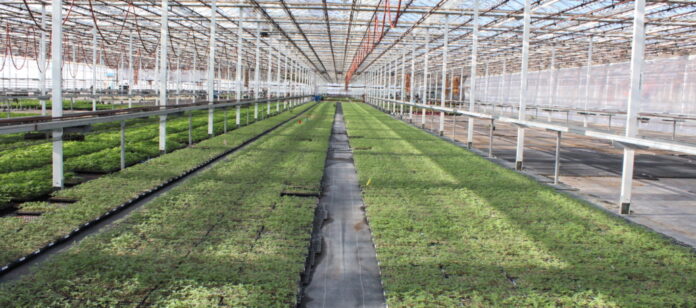
Hemp-derived CBD products have gained tremendous popularity in recent years due to their potential health benefits and non-intoxicating properties. CBD, or cannabidiol, is a compound extracted from the hemp plant, a variety of cannabis with minimal levels of THC. The increasing interest in CBD stems from its reported therapeutic properties, including pain relief, reduced anxiety, and improved sleep. As more people discover the potential of CBD, it’s essential to understand the journey these products take from the farm to the shelf, ensuring transparency, quality, and safety at every step.
Exploring the cultivation process of hemp plants for CBD extraction
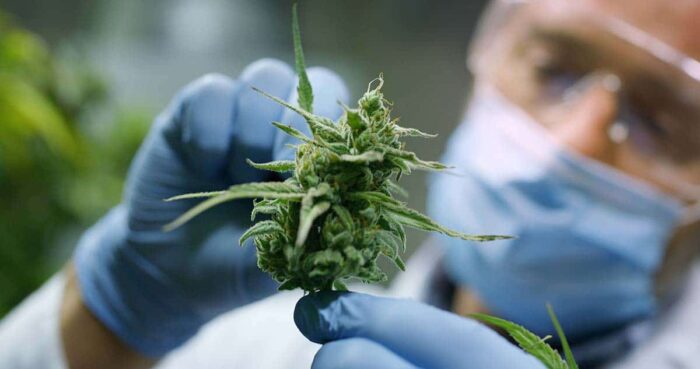
Growing high-quality hemp plants is the foundation for obtaining premium CBD extracts. Hemp cultivation begins with selecting the right strain, as different strains have varying levels of CBD and other compounds. Farmers meticulously prepare the soil, ensuring optimal nutrient levels and drainage. To maintain the plant’s integrity and avoid cross-pollination, hemp farmers often separate male and female plants. They employ sustainable agricultural practices, such as crop rotation and organic fertilizers, to nurture the plants while minimizing environmental impact.
The role of organic farming practices in producing high-quality hemp
Organic farming practices play a crucial role in producing top-tier hemp for extraction. Organic hemp cultivation avoids synthetic pesticides, herbicides, and chemical fertilizers, reducing the risk of residual contaminants in the final product. By utilizing natural pest control methods, like companion planting and beneficial insects, organic farmers promote a healthy ecosystem and protect the plants from pests and diseases. The absence of harmful chemicals not only benefits consumers but also contributes to the overall sustainability of the hemp industry.
Overview of the extraction methods used to obtain CBD from hemp plants
After hemp plants reach their maturity, it’s time to extract valuable CBD from the plant material. There are several extraction methods employed by manufacturers, including solvent-based extraction, supercritical CO2 extraction, and ethanol extraction. Solvent-based extraction involves using solvents like butane or ethanol to dissolve the cannabinoids. Supercritical CO2 extraction employs pressurized carbon dioxide to separate the CBD from the plant material. Ethanol extraction utilizes high-grade ethanol as a solvent to extract CBD. Each method has its advantages and considerations, with CO2 extraction being favored for its purity and efficiency.
Understanding the various forms available on the market
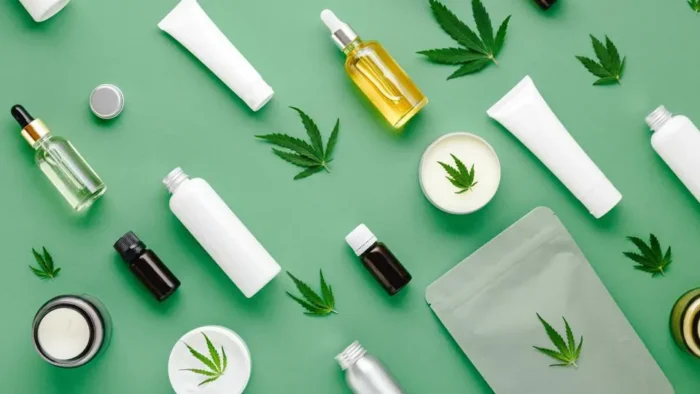
Hemp-derived CBD products come in various forms to cater to different preferences and needs. CBD oils and tinctures are popular choices and are typically taken orally or sublingually. They offer precise dosing and fast absorption. Capsules and edibles provide a convenient and discreet option for consumption. Topical products like creams and lotions are designed for localized application, targeting specific areas of the body. Vaping CBD allows for quick absorption through inhalation. It’s essential to choose a product that suits your lifestyle and desired effects.
Highlighting the importance of third-party lab testing
To ensure product safety and transparency, reputable companies conduct third-party lab testing. These independent laboratories analyze them for potency, purity, and the presence of contaminants such as heavy metals, pesticides, and residual solvents. Lab reports, often available on the company’s website, provide consumers with crucial information about the product’s quality and compliance with regulations. Third-party testing adds a layer of trust and allows consumers to make informed decisions when selecting these goods.
Examining the regulations and legal considerations surrounding hemp-derived CBD
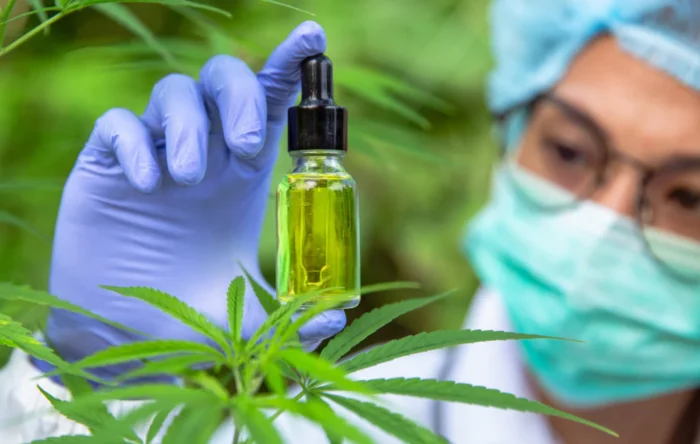
The legality varies across countries and regions. In many parts of the world, these goods are legal if they contain less than 0.3% THC. However, regulations can be complex and subject to change. It’s important for both manufacturers and consumers to stay informed about local laws to ensure compliance. Additionally, companies must navigate labeling requirements and claims made about the product’s health benefits. Adhering to regulatory standards is crucial for building a reputable industry that prioritizes consumer safety.
Tracing the journey from the farm to the manufacturing facility
Once the CBD extracts are obtained, they embark on a journey from the farm to the manufacturing facility. The extracts are carefully packaged, labeled, and transported under controlled conditions to maintain their quality and potency. Temperature and humidity control are crucial during transportation to prevent the degradation of compounds. Proper documentation and compliance with transportation regulations ensure a smooth transition from the farm to the manufacturing facility, where the extracts will be transformed into a wide range of CBD goods.
Unveiling the intricate process of manufacturing CBD products from raw extracts
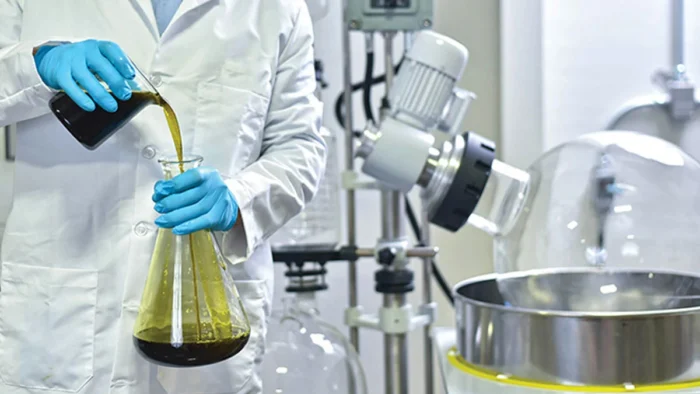
The manufacturing process involves converting raw extracts into the desired formulations. This may include removing impurities, adjusting concentrations, and infusing extracts into specific product bases. Skilled technicians utilize advanced equipment and technologies to ensure precision and consistency. The process may involve emulsification, encapsulation, or other techniques to enhance the product’s efficacy and stability. Manufacturers prioritize quality control throughout the production process, adhering to Good Manufacturing Practices (GMP) to ensure product safety and efficacy.
The significance of packaging and labeling in ensuring consumer safety and transparency.
Proper packaging and labeling are paramount to guarantee consumer safety and transparency. They should be stored in opaque containers to protect them from light, which can degrade the compounds. Clear and accurate labeling should include information about concentration, recommended dosage, and any other ingredients or allergens present. Additionally, responsible companies include batch numbers or QR codes that allow consumers to access lab reports and verify the product’s authenticity and quality. Clear packaging and labeling build trust and empower consumers to make informed decisions.
The final stage: Distribution, retail, and consumer education on CBD products
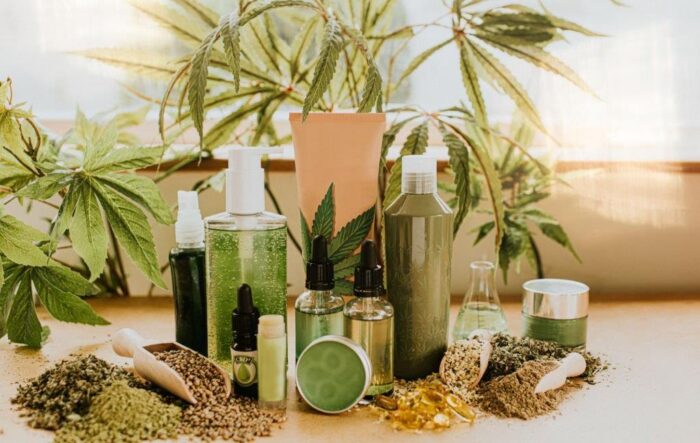
Once the CBD goods are manufactured, they enter the distribution and retail phase. Companies work with authorized distributors to ensure their products reach authorized retailers or online platforms. Retailers play a crucial role in educating consumers about them, providing guidance on dosage, usage, and potential benefits. Consumer education is essential to dispel misconceptions and foster a well-informed community. As the industry continues to evolve, responsible companies actively engage in scientific research and public outreach, promoting the safe and effective use of hemp-derived CBD goods.
Conclusion
In conclusion, understanding the journey of hemp-derived CBD products from the farm to the shelf allows us to appreciate the intricate processes and considerations involved. From cultivation to extraction, manufacturing to distribution, every step is crucial in ensuring the production of high-quality, safe, and transparent CBD goods. As consumers, it’s vital to support companies that prioritize sustainability, adhere to regulations, and invest in third-party lab testing. With continued research, responsible practices, and consumer education, the hemp-derived CBD industry can thrive and provide wellness options for a diverse range of individuals.








